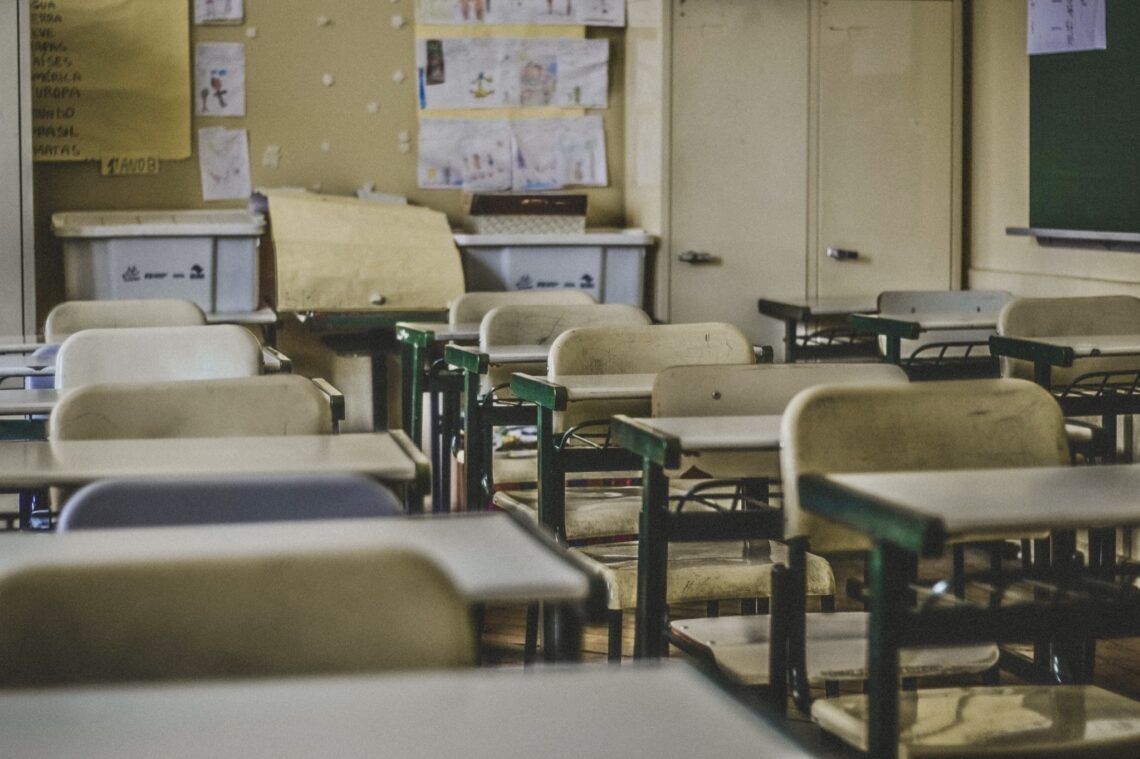
A teacher’s thoughts about returning to the classroom during COVID-19
With the start of the school year rapidly approaching, there have been questions and concerns about how to approach instruction and the safety of in-person learning in schools. Our leaders, governors, health experts and parents have pushed for schools to reopen. Based on my social media and teacher blog posts, teachers have concerns and believe that their safety is in jeopardy. If restaurants and bars cannot safely operate indoor operations, how are schools safe? Based on my experience as an educator and the current circumstances, here are my thoughts.
First, most teachers miss being in the classroom with their students. Online teaching cannot replace the daily interactions that facilitates learning and connections. Personally, I miss working with my performing groups and making music with them on a daily basis. Not being able to have our usual performance season of festivals and concerts was difficult. No digital platform will ever replace those experiences. If I was able to go back to my classroom, I would. Unfortunately, I have a few unanswered questions, which I divided into three categories.
Concern 1: Is there an actual plan?
For starters, there is no clear plan from our federal leaders. Recently, I watched CNN correspondent Dana Bash interview Betsy DeVos, the education secretary about her plans to reopen schools (video is linked below). Based on her answers, it is clearly evident that there is no plan and essentially passing the buck to states and local officials. It is laughable that a teacher can be written up for not having their lesson plan, but our national leader can get away with not having any plan whatsoever.
- How often will students and teachers be tested?
- If a student or teacher tests positive, who will have to quarantine?
- Will quarantined teachers have to use his or her sick days?
- How often will classrooms be disinfected?
- Will teachers have to disinfect their classrooms?
- If there is hybrid learning, will teachers be compensated for in-person and online instruction?
Concern 2: Will schools have adequate resources?
School buildings are not designed to spread students out. Like many other schools, my building is overcrowded and space is already an issue. One of the suggestions has to use all available space to spread students, including gyms and auditoriums. My personal issue with this is the possible loss of my classroom.
In addition to space limitations, schools are facing tightening budgets due to the pandemic. In New York State, for example, schools districts are facing significant budget cuts, unless the federal government provides additional funding to states. Even if the HEROES act passes and schools receive the needed funds, teachers will most likely be footing the bill for supplies. Acquiring personal protective equipment, or PPE, will also be an issue for districts due to the nationwide shortage.
- How will schools create CDC compliant classrooms?
- How can we spread out students safely?
- Will I be able to teach my subject matter if my space is needed?
- Who is responsible for purchasing additional materials to limit sharing?

Concern 3: How will students and parents adapt?
Some students already have poor hygiene habits. During the school year, illnesses are rampant throughout the building, whether is a cold, the flu, or a stomach virus. Also, students often come into the building sick because parents are not able to stay home to take care of their child. In regards to masks, sometimes I find wearing a mask annoying and can only imagine what classrooms will look and sound like (this Tik Tok is spot on).
- Will there be screening procedures for all students and staff before entering the building?
- If students are mandated to wear masks, how will this be enforced?
- Do parents have the right to dispute mask wearing?
Final thoughts
If these important questions and concerns continue to remain unanswered, why is there a large push for schools to reopen? Schools are a vital part of the economy. Our buildings provide meals, childcare, counseling services, and a safe haven for our communities. We fill in the gaps where our government does not. However, the safety of teachers, staff and students should not be sacrificed because of our government’s inability to manage this virus. The selfless nature of teachers should not be exploited for economic gain. Until these concerns are addressed, in-person learning should not be an option.






